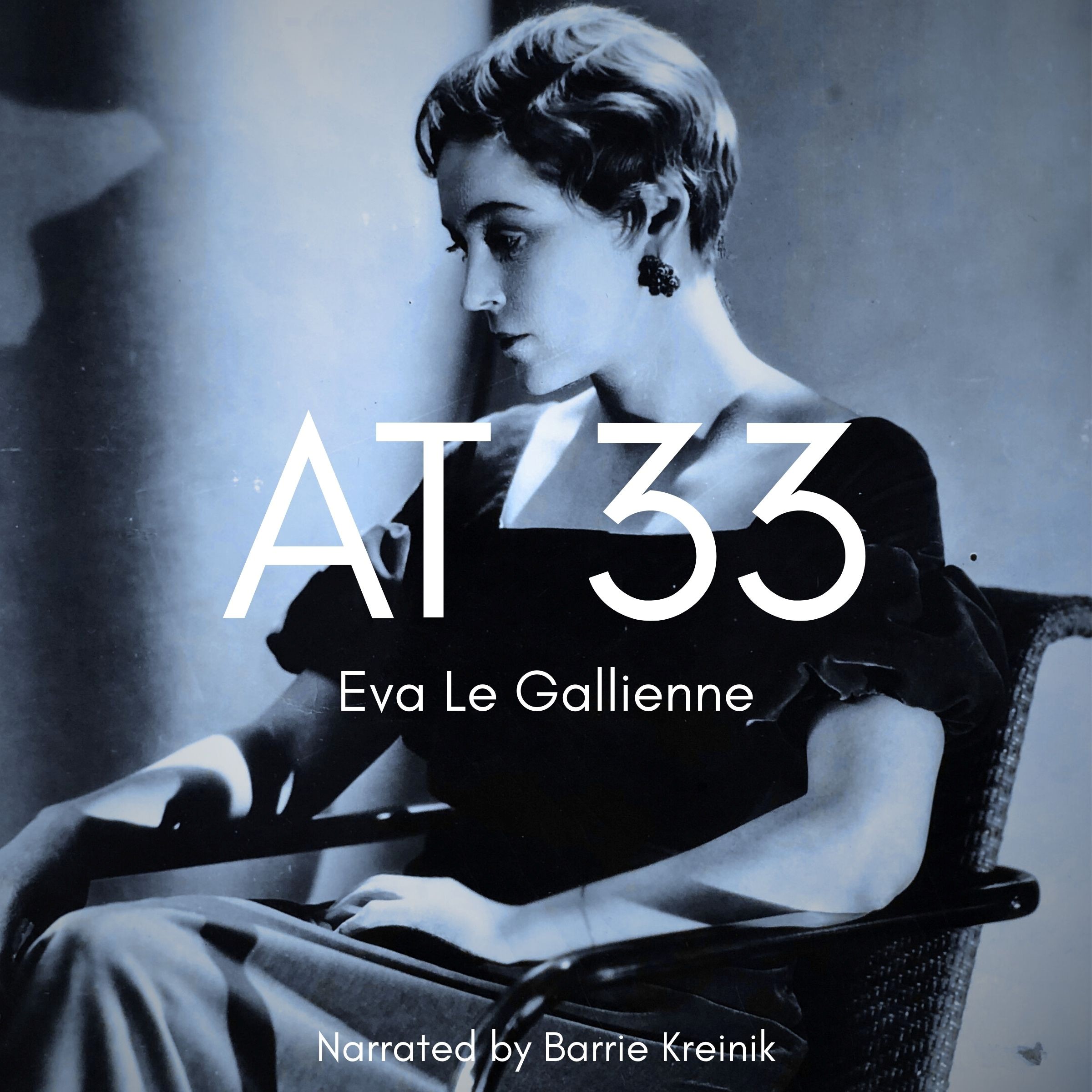Jiangsu 17
Listen to Jiangsu 17, a 20-year-old woman from Suzhou, Jiangsu Province, China. Click or tap the triangle-shaped play button to hear the subject.
Both as a courtesy and to comply with copyright law, please remember to credit IDEA for direct or indirect use of samples. IDEA is a free resource; please consider supporting us.
BIOGRAPHICAL INFORMATION
AGE: 20
DATE OF BIRTH (DD/MM/YYYY): 16/07/1989
PLACE OF BIRTH: Suzhou, Jiangsu Province
GENDER: female
ETHNICITY: Han Chinese
OCCUPATION: student
EDUCATION: At the time of the recording, the subject was in her second year at university.
AREA(S) OF RESIDENCE OUTSIDE REPRESENTATIVE REGION FOR LONGER THAN SIX MONTHS: N/A
OTHER INFLUENCES ON SPEECH:
The subject is an English major and has never left her hometown. She did have a number of native English speakers throughout her school years, and a slight American accent can sometimes be heard. The major influence on her native-dialect speech pattern, however, is Putonghua. It is a family joke that she speaks her native Suzhouhua as if it were Putonghua.
The text used in our recordings of scripted speech can be found by clicking here.
RECORDED BY: Bill McCann
DATE OF RECORDING (DD/MM/YYYY): 30/04/2010
PHONETIC TRANSCRIPTION OF SCRIPTED SPEECH: N/A
TRANSCRIBED BY: N/A
DATE OF TRANSCRIPTION (DD/MM/YYYY): N/A
ORTHOGRAPHIC TRANSCRIPTION OF UNSCRIPTED SPEECH:
Suzhou is a quite beautiful city; it has a long history of around two thousand and fifty hundred. A few decades ago it has a lot of ancient buildings complex. At present it has changed so much. It became modern. A lot of people in Suzhou are ha – (ah) very gladly to witness (ah) change, including my family. I remembered clearly that before the year of two thousand there were quite few cars on the street (hmm), but more and more cars (ahm) had show up on the street (hmm); it showed that (hmm) the people’s (ah) living standards are better and better, better than before.
TRANSCRIBED BY: Bill McCann
DATE OF TRANSCRIPTION (DD/MM/YYYY): 30/04/2010
PHONETIC TRANSCRIPTION OF UNSCRIPTED SPEECH: N/A
TRANSCRIBED BY: N/A
DATE OF TRANSCRIPTION (DD/MM/YYYY): N/A
SCHOLARLY COMMENTARY:
Short readings from the analects of Confucius
The subject now goes on to read the following abstracts from the Analects of Confucius in her own Suzhou dialect. A reading in Putonghua (Mandarin) can be heard on the Jiangsu 7 sample.
KEY: A = Mandarin (Simplified); B = Mandarin (Pingyin); C = Dialect (Pingyin); D = English.
孔子: 论语 – Kǒng zǐ : lún yǔ – Kong zi : lun yu – Confucius: Lun Yu
學而第一 – xué ér dì yī – Huo er di yie – Chapter One
A: 1-1:- 子曰: 學而時習之、不亦說乎。
B: yī-yī :- zǐ yuē: xué ér shí xí zhī, bù yì yuè hū.
C: yī-yī :- Zi yue : huo er shen huo zhi, fe yi kwa luo.
D: 1-1:- The Master said: Is it not pleasure to learn, and practice what is learned time and again?
A: 1-2:- 有朋自遠方來、不亦樂乎。
B: yī-èr:- yǒu péng zì yuǎn fāng lái, bù yì lè hū.
C: yī-èr:- Yu pang, yu zi yu fang lei, fe yi le hu.
D: 1-2:- Is it not happiness to have friends coming from distant places?
A: 1-3:- 人不知而不慍、不亦君子乎。
B: yī-sān: rén bù zhī ér bù yùn, bù yì jūn zi hū.
C: yī-sān: Nin fe zi er fe yun, fe yi jun zi hu.
D: 1-3:- Is it not virtue for a man to feel no discomposure when others take no note of him?
為政第二 – wéi zhèng dì èr – Wei zeng di ni – Chapter two
A: 2-2:- 子曰:「詩三百,一言以蔽之,曰:『思無邪』。
B: èr-èr:- zǐ yuē: shī sān bǎi, yī yán yǐ bì zhī , yuē: sī wú xié.
C: èr-èr:- Zi yue: si se ba, yi yi yi bi zi, yue: si vu xia.
D: 2-2:- The Master said: In the Book of Odes there are three hundred poems, but they may be summarized in a single sentence: Think no evil.
A: 2-7:- 子游問孝。子曰:今之孝者,是謂能養。至於犬馬,皆能有養;不敬, 何 以別乎。
B: èr-qī:- zǐ yóu wèn xiào. zǐ yuē: jīn zhī xiào zhě, shì wèi néng yǎng. zhì wū quǎn mǎ, jiē néng yǒu yǎng; bù jìng, hé yǐ bié hū.
C: : èr-qī:- Zi yu men xie. zi yue: jin zi xiao zi, si fei neng yang, zi yu gei mu, jie neng yu yang, fe jing, he yi bie hu.
D: 2-7:- Zi You asked what filial piety was. The Master said: Nowadays, providing support for one’s parents is considered filial piety. But dogs and horses can also do this. If there is no respect, what is the difference?
A: 2-10:- 子曰:「視其所以,觀其所由,察其所安。人焉叟哉?人焉叟哉?
B: èr-shí :- zǐ yuē: shì qí suǒ yǐ , guān qí suǒ yóu, chá qí suǒ ān. rén yān sǒu zāi? rén yān sǒu zāi?
C: èr-shí :- Zi yue: si qi sou yi, gu xi sou yu, su xi sou un. nin yi sou zei? nin yi zou zei?
D: 2-10:- The Master said: Watch what a man does. Find out his motives. See how he takes his ease. How then can the man hide his true self? How can the man hide his true self?
Commentary
The subject was raised in the centre of Suzhou, one of the oldest towns in the Yangtze Basin. Suzhou itself is now a city on the lower reaches of the Yangtze River and on the shores of Lake Tai (Tai Hu), the third largest freshwater lake in China. The city is renowned for its beautiful stone bridges, pagodas, and meticulously designed gardens, which have contributed to its status as a great tourist attraction. Since the Song Dynasty (960-1279), Suzhou has also been an important centre for China’s silk industry and continues to hold that prominent position today.
The modern city had its birth in the late Shang Dynasty (1600-1046 BCE), when tribes who called themselves “Gou Wu” settled in the area. This became the cradle of the Wu culture, which has had an immense influence in the regions surrounding Tai Hu and beyond. In 514 BC, during the Spring and Autumn Period, King Helu of Wu established “Great City of Helu,” the ancient name for Suzhou, as his capital. In 496 BC, Helu was buried in Huqiu (Tiger Hill), which, with its famous leaning pagoda, is one of the major tourist sights in the city today.
The golden era of Suzhou ended in 473 BCE when the Wu kingdom was defeated by Yue, a kingdom to the east which itself was annexed by the Chuin 306 BCE. Surviving remnants of the culture include sections of the surrounding moat and 2,500-year-old city wall, including Pan Gate in the southwest.
Initially, the Wu Culture mainly adopted the essence of the central Chinese civilization, but around the middle of the Ming Dynasty (1368-1644), it became the conduit for the introduction of overseas influences and into central China. The great Ming Dynasty explorer Zhen He set out from Taican, and Marco Polo was hugely impressed, describing it as a very great and noble city possessing 6,000 bridges, all of stone, and so lofty that two ships together could pass underneath them.
In 1035 AD, the temple of Confucius was founded by famed poet and writer Fan Zhongyan. It became the venue for imperial civil examinations.
Following the Qing Dynasty (1644-1911), Suzhou City was one of the most prosperous Chinese cities, both in agricultural production and domestic and foreign trade. Today, Suzhou has been designated the “Most Aspiring City of Prosperity and Civilization in the Southeast of China,” and is an open city with a rapidly growing economy and a large expat population as a result of a huge expansion in foreign trade and international economic cooperation.
The Wu culture is father to the Taihu Wu (or northern Wu) family of dialects, of which Suzhou dialect (Suzhouhua) is the premier example. Geographically, these dialects are spoken in most of Zhejiang province, the municipality of Shanghai, southern Jiangsu province, as well as smaller parts of Anhui, Jiangxi, and Fujian provinces. Altogether, there are fourteen major dialects in this family, nine of them grouped together as the Taihu group.
Interestingly, while many Wu dialects are diverse and not mutually intelligible with each other, all Wu dialects can understand the Taihu dialect, but Taihu speakers find the other dialects unintelligible or intelligible only to a small extent.
Like most other branches of Chinese, Wu developed from Middle Chinese. Because Wu represents the earliest split from the parent branch, it has kept many of the ancient characteristics. However, because of its geographical proximity to North China, and also to the high level of education in this region, it was influenced by northern Chinese (Mandarin) throughout its development. The main characteristics of modern Wu were formed between Ming Dynasty and early Republican in the twentieth century. The Suzhou dialect became the most influential, and many scholars use it in citing examples of Wu.
This subject’s dialect is one of the very many sub-dialects to be found within the Suzhou dialect itself. She was raised in the Pingjiang District district of the historical city. The original double chessboard layout of “water and land in parallel, canal and street as neighbors,” is still obvious today. This network of rivers and canals consists of three vertical (N-S), three horizontal (E-W) and one encircling waterway. This helps to give Suzhou its unique landscape of “small bridge, flowing water, white wall, black tile, cultural relics and classical gardens.”
There are a few notable characteristics to listen out for in the recording. The /l/- /r/ minimal pair is very prominent throughout. It is clear that the subject makes a conscious effort to minimize the other common minimal-pair difficulties and to invest her speech with a Western sound.
COMMENTARY BY: Bill McCann
DATE OF COMMENTARY (DD/MM/YYYY): 30/04/2010
The archive provides:
- Recordings of accent/dialect speakers from the region you select.
- Text of the speakers’ biographical details.
- Scholarly commentary and analysis in some cases.
- In most cases, an orthographic transcription of the speakers’ unscripted speech. In a small number of cases, you will also find a narrow phonetic transcription of the sample (see Phonetic Transcriptions for a complete list). The recordings average four minutes in length and feature both the reading of one of two standard passages, and some unscripted speech. The two passages are Comma Gets a Cure (currently our standard passage) and The Rainbow Passage (used in our earliest recordings).
For instructional materials or coaching in the accents and dialects represented here, please go to Other Dialect Services.
 IDEA: International Dialects of English Archive
IDEA: International Dialects of English Archive




